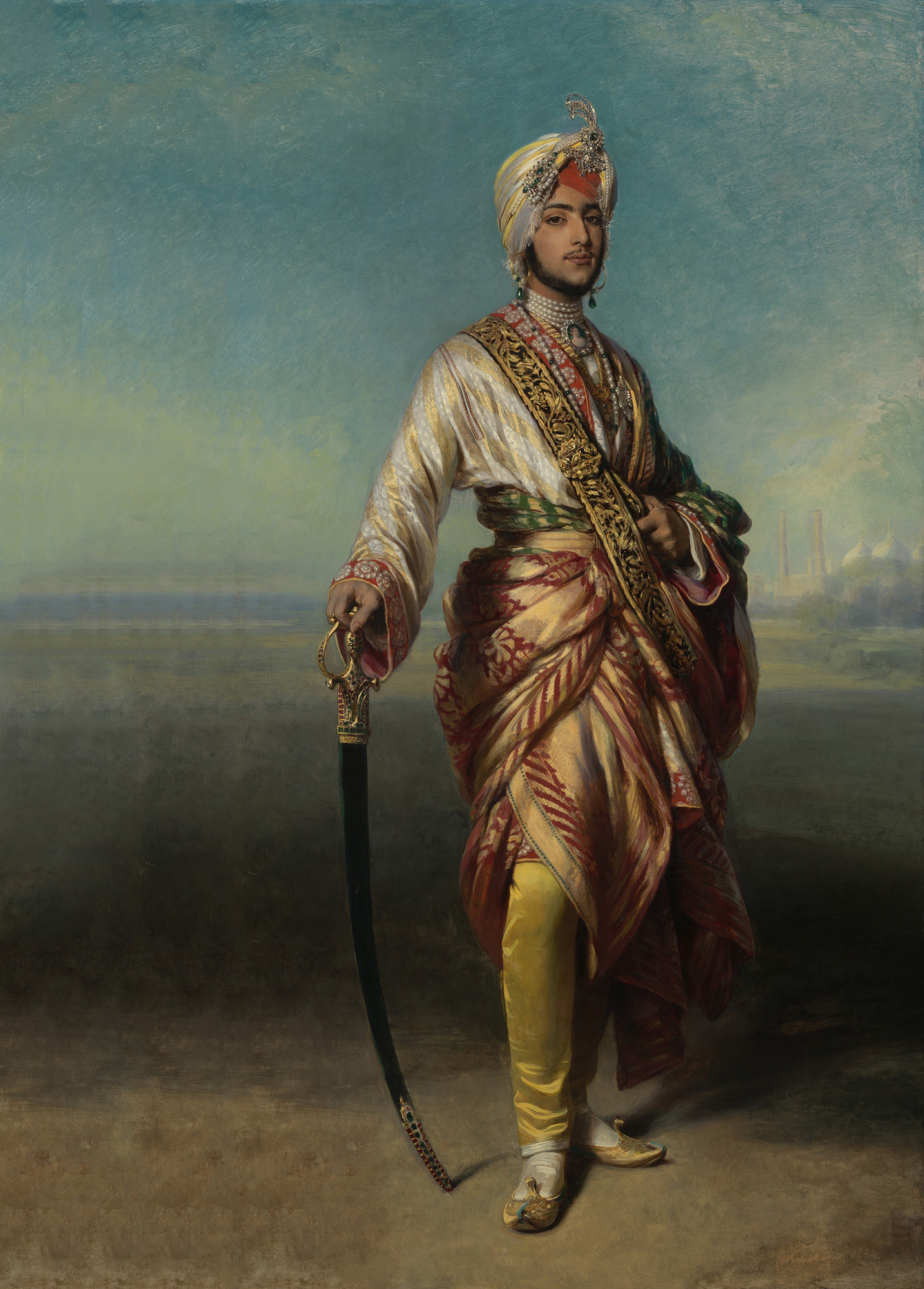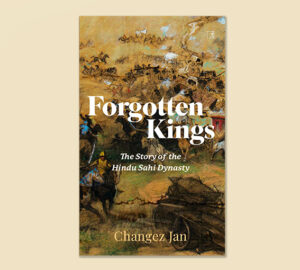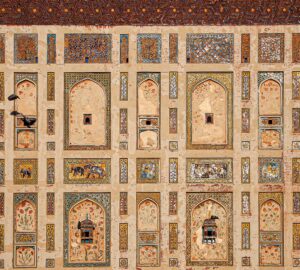The recent international film The Black Prince seeks to bring to light a part of our history that is rarely heard of – the story of the last Maharaja of the once mighty Sikh Empire, Duleep Singh; a tale of intrigue, deception and most importantly, a struggle for identity and independence.
The history of the subcontinent is an epic saga, ripe with glorious battles and invasions, magnificent palaces, extravagant courts that would have been the envy of Marie Antoinette and fascinating secrets and intrigues to rival the fictional ones in Game of Thrones. History, however, is written by the victorious and many tales have been lost in the annals of time or swept up under the rug by the powers that be.
It is one such story that the new movie The Black Prince aims to revive. Directed by Indian-born British director Kavi Raz and starring Satinder Sartaaj, Amanda Root, Jason Flemyng, Rup Magon, Sophie Stevens and the incomparable Shabana Azmi, it is the story of a prince abducted from his home in the Punjab as a child and raised by the British under instructions of the Crown. It is the story of Duleep Singh, youngest son of Ranjit Singh and the last Maharaja of the Sikh Empire.
Despite being part of our heritage, it is a story rarely heard. With numerous Sikh influences in our culture, several historic sites dedicated to Sikhism in Pakistan and even the Samadhi of Ranjit Singh juxtaposed with the Badshahi Mosque in Lahore, this is a story that should be taught with vigour but is somehow glossed over in our history curriculum. The Fakir family of the Fakirkhana Museum in Lahore, a family with deep connections to the court of Maharaja Ranjit Singh, held a screening of the movie in Lahore in July to shed light on this story.
Duleep Singh was born in 1838 to Rani Jindan, the seventeenth wife of the then Maharaja, Ranjit Singh. Ranjit Singh came to power as ruler of the Sikh Empire established with the support of the Khalsa warriors following the death of Mughal Emperor Aurangzeb and the subsequent decline of the Mughal Empire. Through decisive battle victories, Ranjit Singh expanded his empire all across Punjab, shaping it into one of the most formidable and grand empires of the time. With several legitimate and illegitimate offspring, however, his empire faced the same challenges that its Mughal counterpart did: contentious successions.
Palace intrigues led to the untimely demise of his successors until Duleep Singh, his youngest son, became the Maharaja of the Sikh Empire in 1843, at the mere age of five. Defying rules of the time and surprising the Durbar, his mother Rani Jindan announced that she would rule as Regent køb viagra.
Consequently, there was a constant power play in the Durbar that the British took advantage of to infiltrate the Sikh Empire. Following the first Anglo-Sikh War, the British defeated all Sikh opposition and took control of Punjab.
Through the 1846 Treaty of Lahore, the British ensconced themselves as caretakers of the Sikh Empire, declaring that they would stay until the young Maharaja turned sixteen and could rule for himself. However, barely a year later, they separated Maharaja Duleep Singh from his mother, Rani Jindan, as she had been resilient and vocal in her hatred of the British, encouraging her son to do the same.
In a brutally underhanded manner, Duleep, aged nine, was snatched from his screaming mother and placed under the care of Dr. John Login and his wife in Fatehgarh. There he was converted to Christianity and thoroughly anglicised before his exile to Britain in 1854. Duleep acclimatised to his new life in Britain, becoming a favourite of Queen Victoria. He was given the title of the “Black Prince of Perthshire” after his move to Scotland and the extravagant lifestyle he enjoyed there. His future marriages were with Christian women and his children were also brought up in the same Christian values.
However, his efforts to contact his mother, who had moved to Nepal, remained persistent, but were always obstructed by the British. Finally, he managed to meet his mother in Calcutta and bring her back to Britain with him; her old, frail state was not deemed a threat to the British Empire anymore.
Rani Jindan accompanied her son to his new home, but being the strong-headed woman that she was, continued to implore her son to renounce the sympathies of the British and reclaim his throne. After her death, he tried to return to India to perform her funereal rites according to Sikh custom, but was not allowed to enter Punjab by the British, who feared his return would stir rebellion against them.
Perhaps it was the reunion with his mother, or the mature mind of a Maharaja who could judge the intentions of those around him, but during the latter part of his life, Duleep struggled with his identity. His encounter with a cousin from India in 1884 strengthened his resolve to connect to his roots. The British ensured any attempts at reconversion to Sikhism were foiled and refused to sanction a trip to India, let alone the Punjab.
In 1886, however, Duleep Singh left for India; his journey was cut short in Yemen and he was forced to return, but not before he again became a member of the Sikh community through an informal ceremony. The Maharaja spent the remainder of his life in Europe, falling out of favour with the Crown and trying to regain his lost glory and empire, despite the entreaties from his family to seek a Royal Pardon.
He passed away in a French hotel and his body was not returned to India as per his request. The Maharaja was buried with Christian rites, next to his first wife, the Maharani Bamba Müller and the last vestiges of a great empire were laid to rest with him.
We know Ranjit Singh, and perhaps Duleep Singh, but cursorily, mostly in connection with the Koh-i-Noor diamond. Their empire, however, ruled decisively over Lahore and the province of Punjab. It is through the arts, especially the cinematic arts, that we can hope to reignite debate and bring the lesser-viewed pages of history to light.
The Black Prince does this valiantly. The idyllic landscapes, the costumes, the dream sequences all serve to appeal to period drama buffs. What the movie lacks in a compelling performance by the lead, it makes up for by the memorable rendition of Rani Jindan by veteran Shabana Azmi and the equally impressive performances of Rup Magon and Sophie Stevens. However, the movie leaves you wanting for more. It plays out as a special two-hour pilot to a new TV series; but perhaps that’s an asset here as it begs us to want to learn more about a Maharaja who could never rule.






